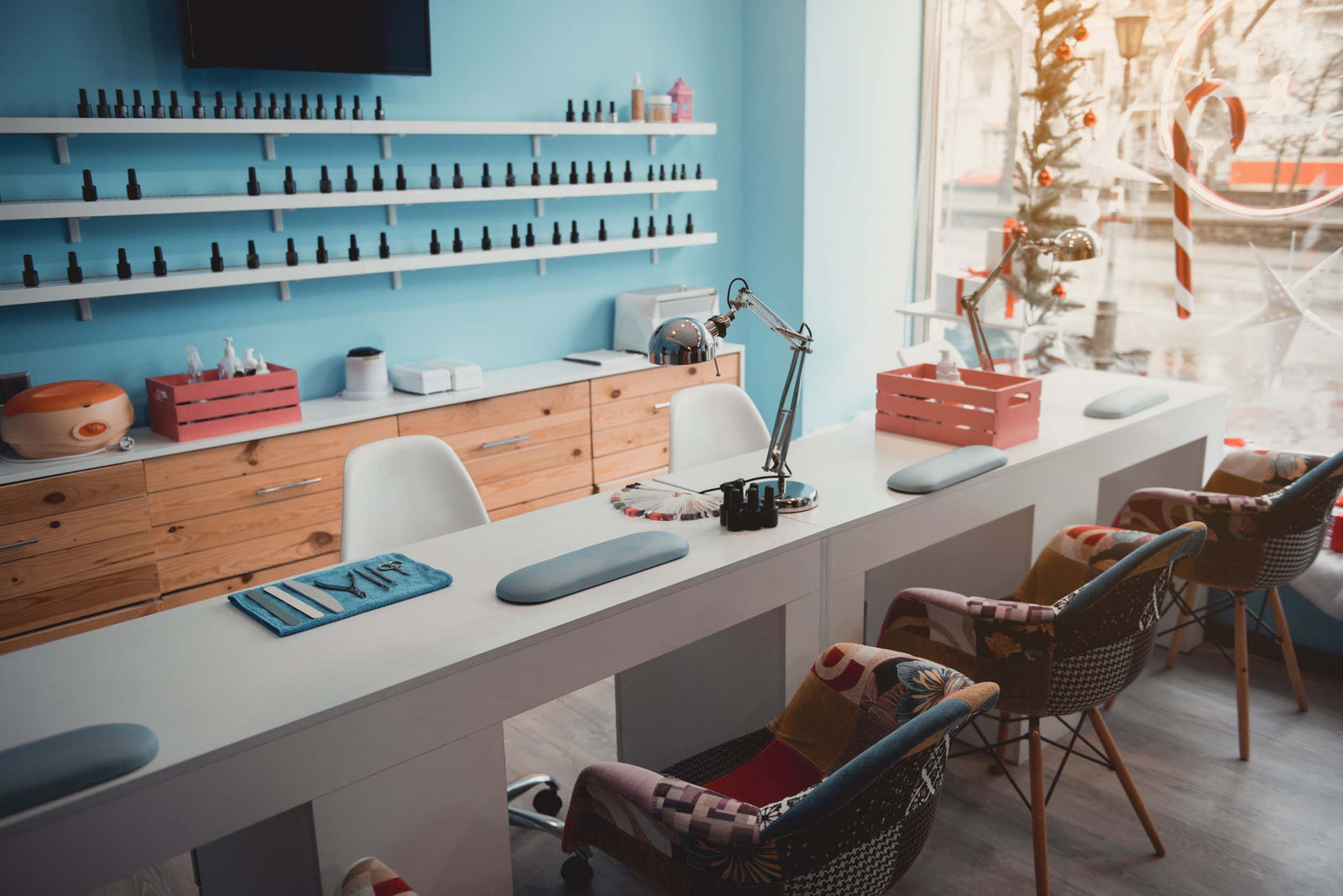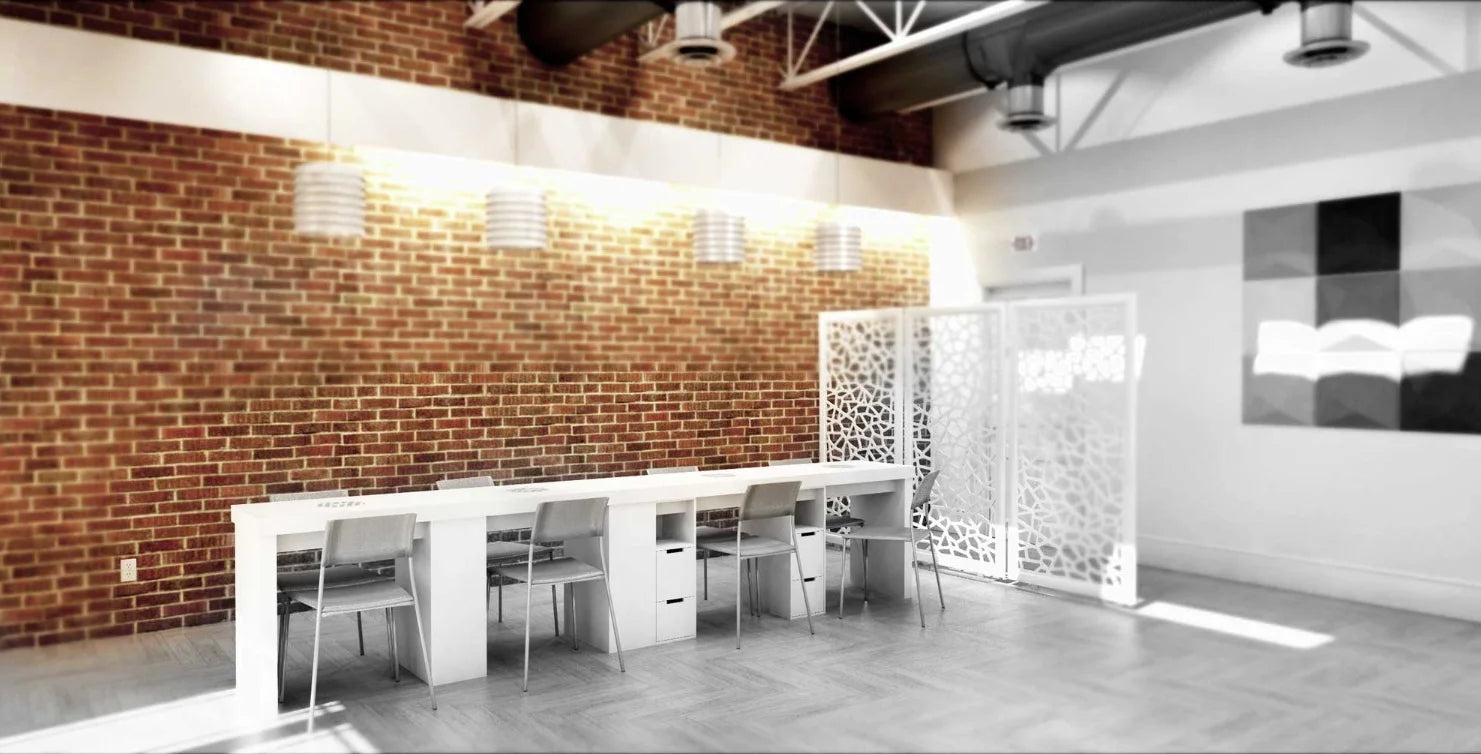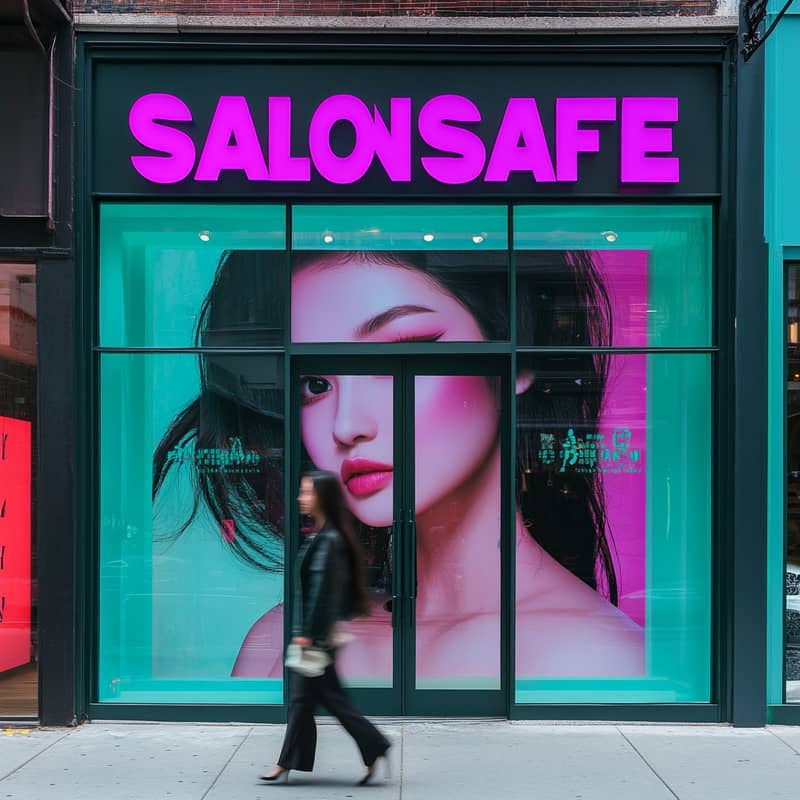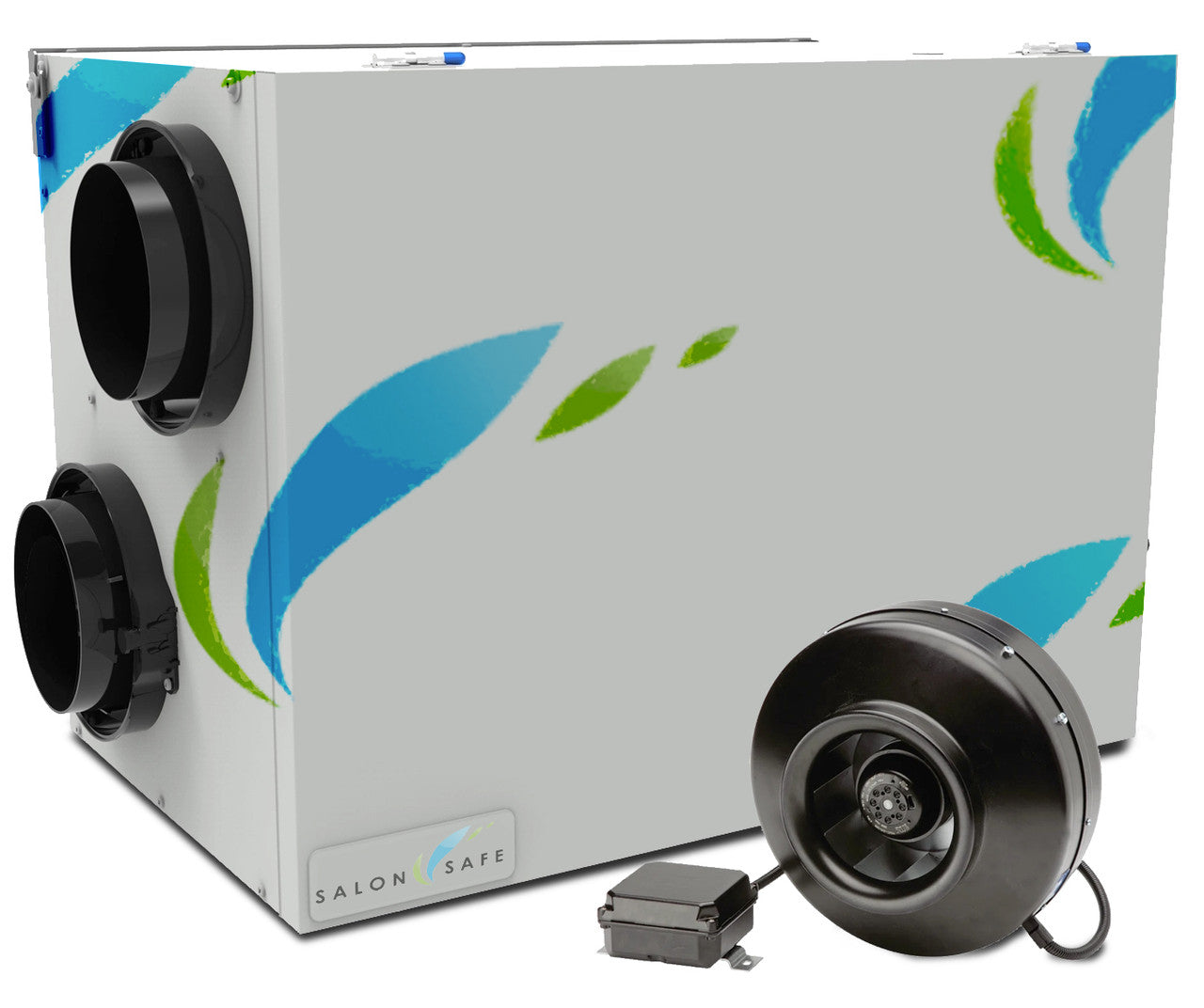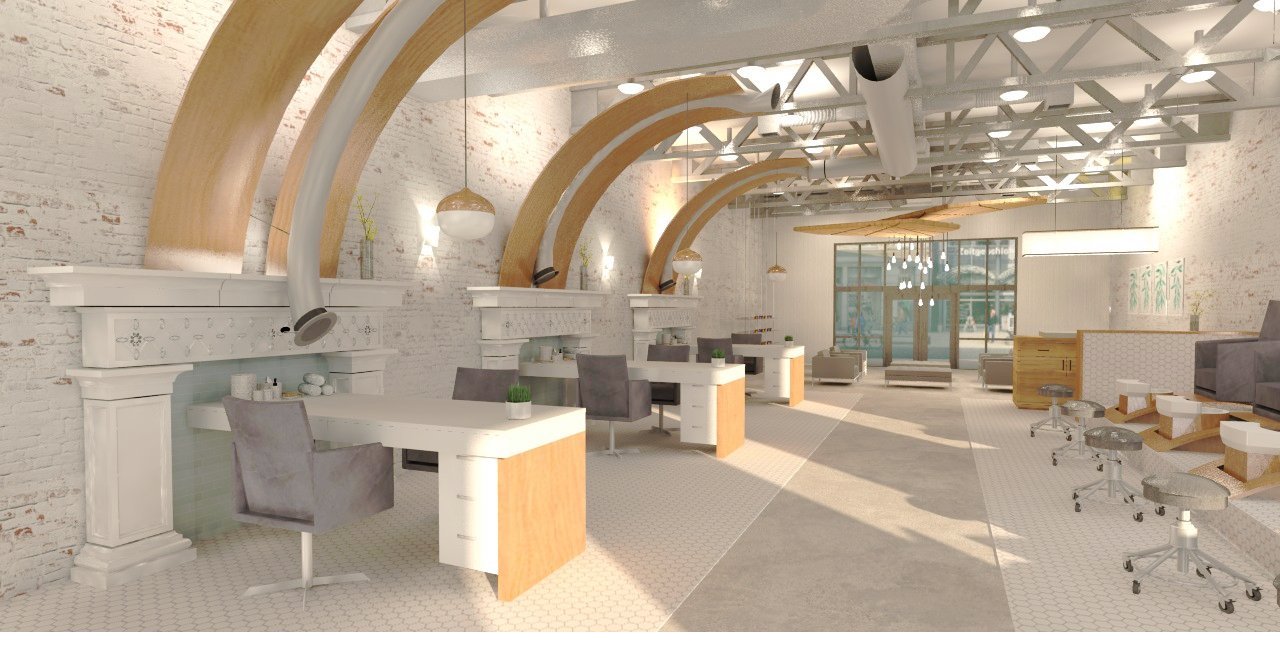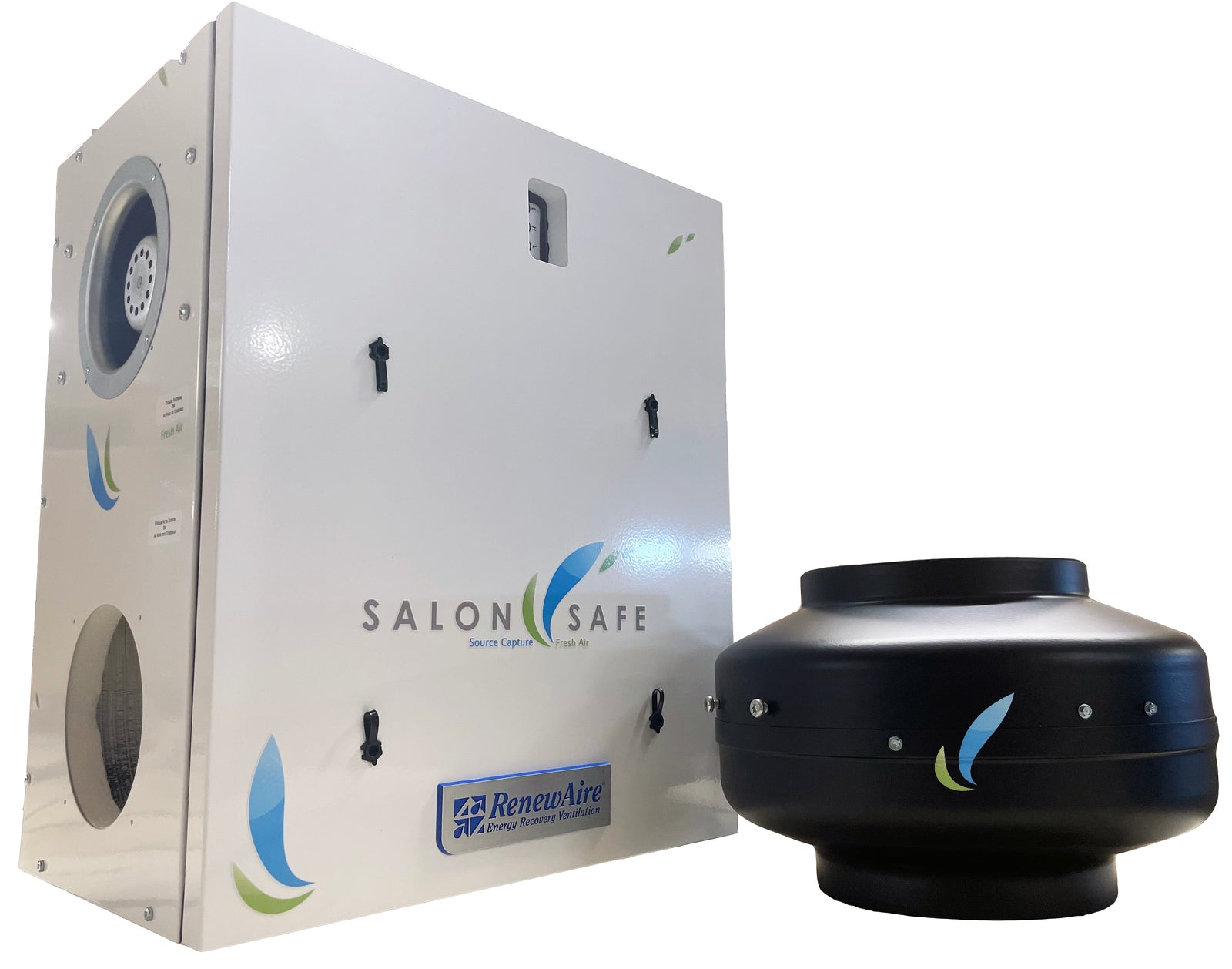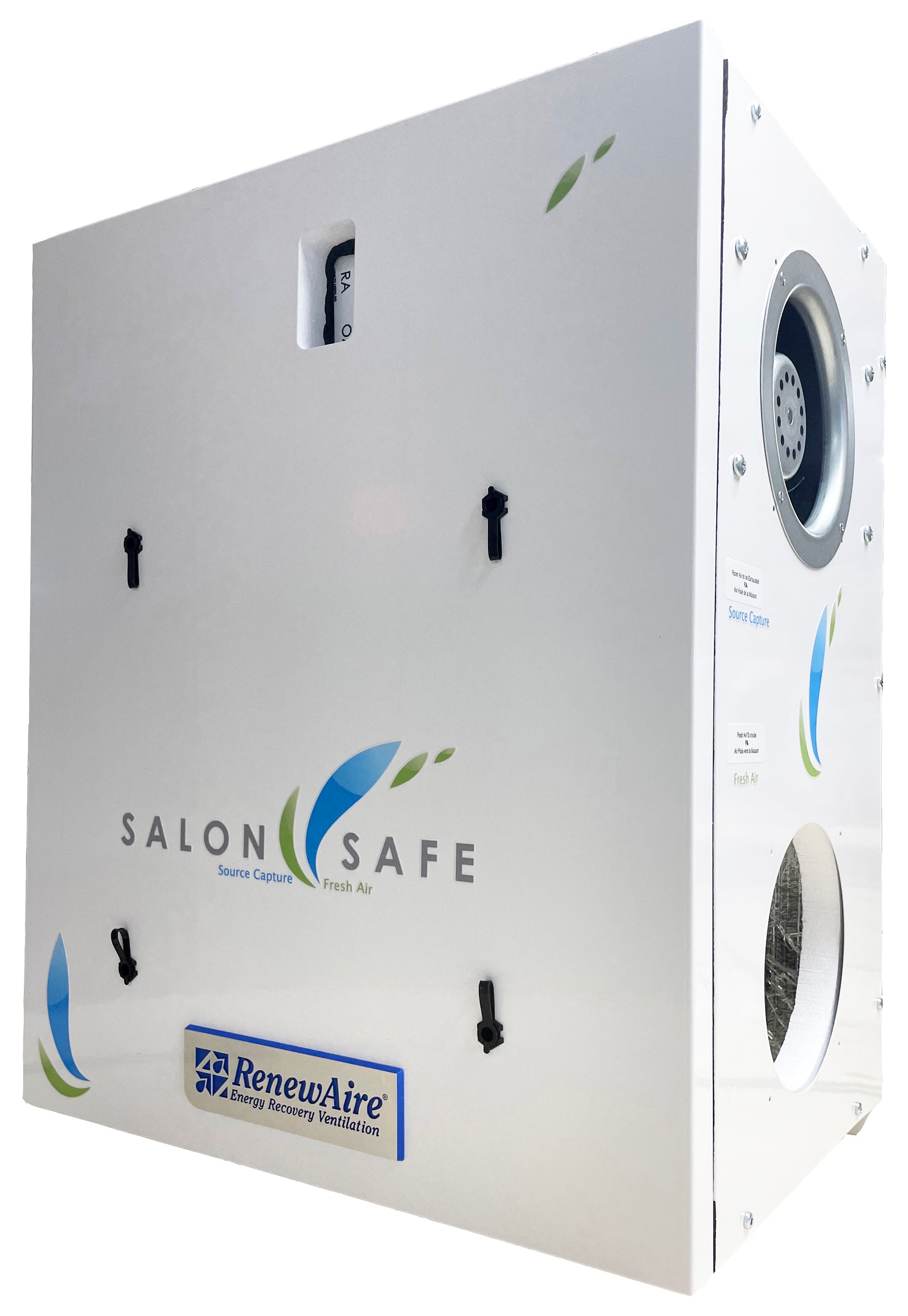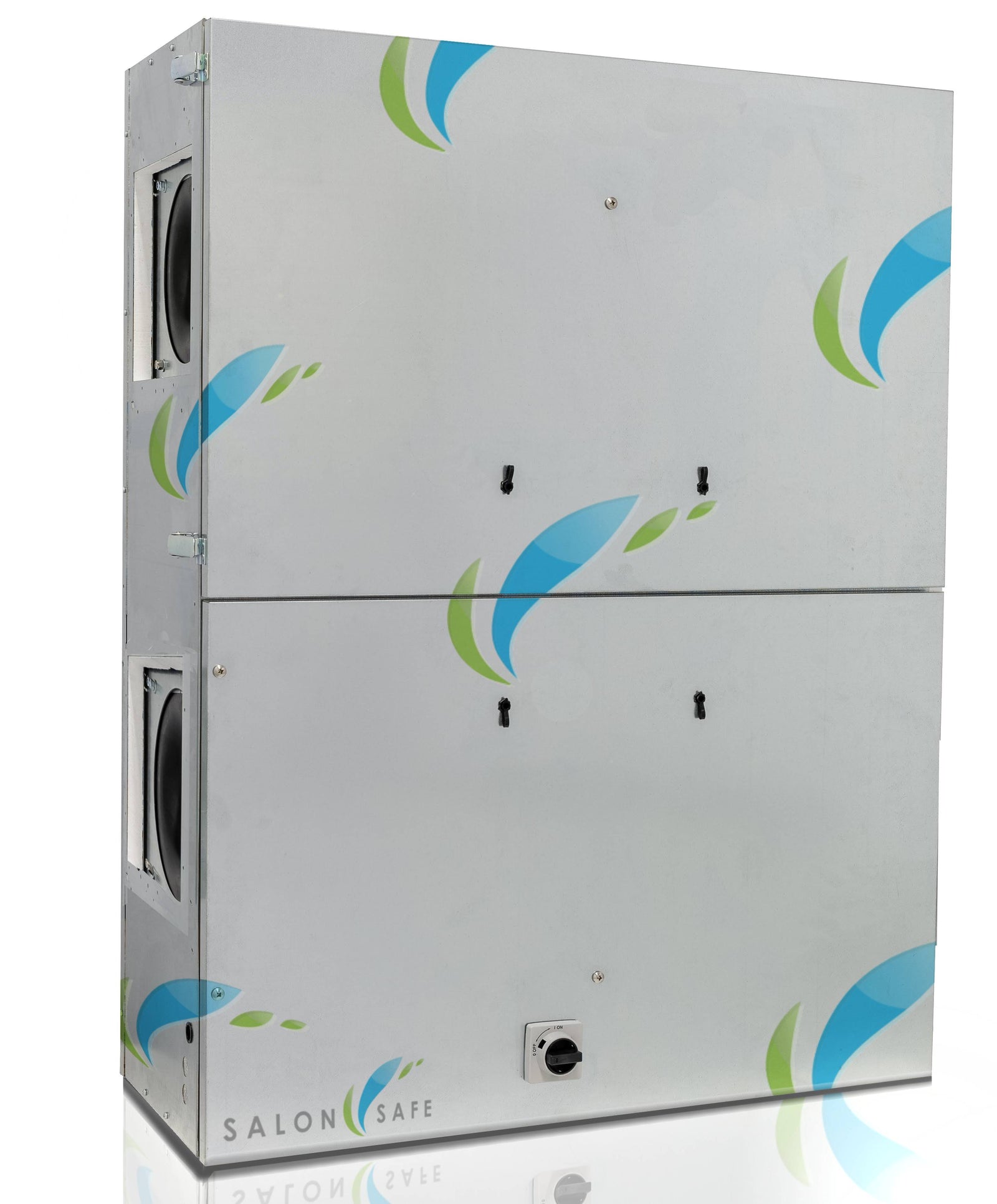Fictional Case Study: Navigating Ventilation Challenges in Nail Salons
Background: In the bustling city of Springfield, building inspector Sarah Jennings faced a challenging situation enforcing the updated ventilation requirements for nail salons. Her primary concern was the health, welfare, and safety of salon workers and customers, especially considering the use of chemicals like acetone, isopropyl alcohol, and formaldehyde in these establishments.
Scenario: Sarah's task was to ensure compliance with Section 502.20 of the International Mechanical Code (IMC), which mandates specific exhaust systems at manicure and pedicure stations. During her inspections, she encountered two significant challenges: the lack of knowledge about these requirements among salon owners and her own need for more detailed understanding of the intricate code language.
Challenge 1: Lack of Knowledge Among Salon Owners Many salon owners, like Mrs. Lee of "Glam Nails," were unaware of the new regulations. They had been operating for years without significant changes to their ventilation systems. Mrs. Lee, in particular, was surprised to learn about the need for a source capture system at each station and the requirement for the exhaust system to operate continuously when the space was occupied.
Challenge 2: Inspector's Need for Clarification Sarah also faced difficulties due to the sometimes ambiguous and interpretive language in the building codes. The standards lacked clear, recognized, or standardized testing protocols for evaluating the efficiency of salon ventilation systems. This ambiguity made it challenging for her to make consistent and fair assessments across different salons.
Challenge 3: Conflicting Interests and Cost Implications Another hurdle was balancing the need for safety with the cost implications for salon owners, particularly in remodeling scenarios. Upgrading ventilation systems could be financially burdensome, a concern Sarah was sympathetic to. For instance, "Elegant Nails," a small salon owned by Mr. Patel, faced significant financial strain due to the required upgrades. Sarah understood these challenges but remained committed to ensuring a safe environment for workers and customers.
Resolution: To address these challenges, Sarah organized workshops for salon owners, educating them about the importance of proper ventilation and the specific requirements of the IMC. She collaborated with local health departments and ventilation experts to provide clearer guidelines and practical solutions for meeting the code requirements.
For inspectors like herself, Sarah advocated for more comprehensive training on interpreting building codes and understanding the technical aspects of salon ventilation systems. She pushed for the development of standardized testing protocols to assess ventilation systems more effectively.
In situations like "Elegant Nails," Sarah worked with owners to explore cost-effective solutions and phased implementation strategies that aligned with their financial capabilities while gradually improving the salon's ventilation system.
Conclusion: Through education, collaboration, and empathetic enforcement, Sarah Jennings not only enhanced the safety and health conditions in nail salons but also fostered a community of compliance and understanding. Her approach highlighted the importance of balancing safety concerns with practical challenges faced by small business owners.


